A recent global study indicates an increase in cancer cases among youth worldwide, with obesity...
On October 25, an event called "Alley of Life" was organized in Bishkek at A. Botaliev...

On October 30 at 18:00, the period for submitting applications for candidate nominations for the...

Yakovlev Vladimir Georgievich (1915-1994), Doctor of Biological Sciences (1963), Professor (1967),...
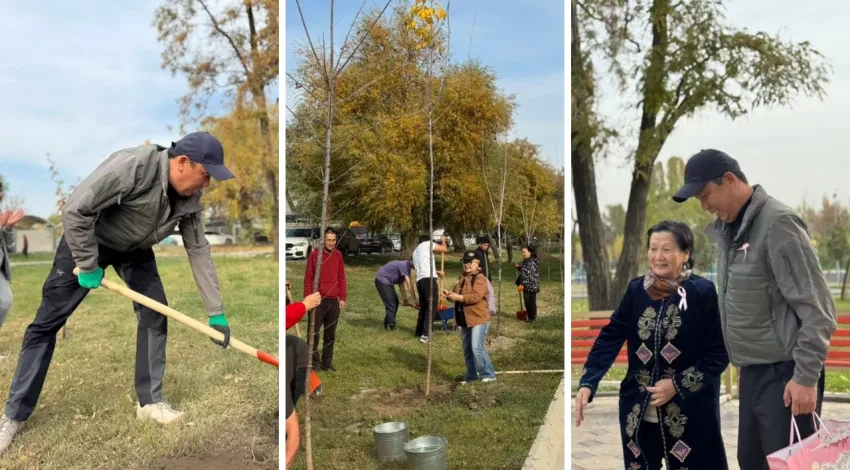
As part of the event, more than 100 young trees were planted, forming a picturesque "Alley of...

Sample of patterned fabric 'besh keshté'. Nookat District. The most vibrant and colorful...

A saddle blanket made from strips of "kadjary" fabric Fabrics made using the...
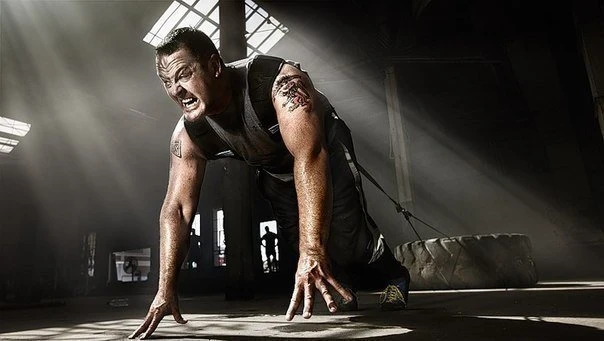
A study conducted by a group of scientists from China has shown that women engage in physical...

National Statistical Committee: Female Population Predominates in Cities of Kyrgyzstan, While Male...
The Mufti of Kyrgyzstan, Abdulahiz Zakirov, spoke out about the importance of respecting and...
- The production volumes of textiles and clothing in Kyrgyzstan have shown growth in most...

Typically, two women work on the navoi. One unwinds the threads onto the warp (erish) of the...
A group of scientists from the Temple University School of Medicine (USA) has identified a new...
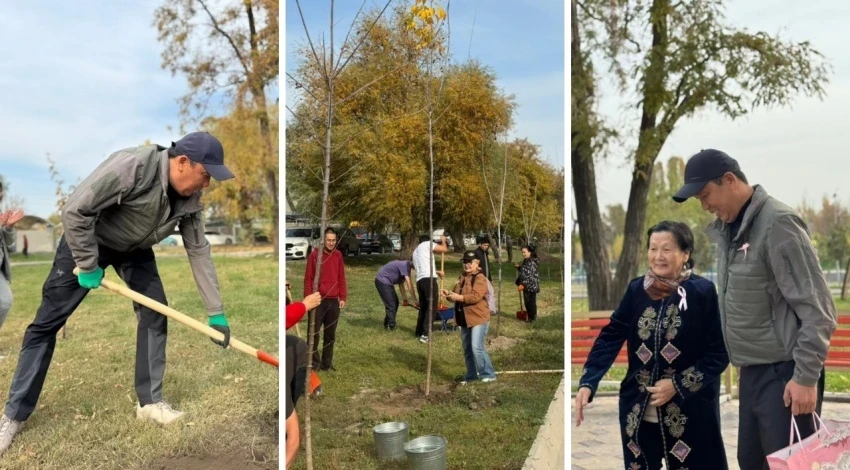
In the capital, at Botaliyev Park, an event was held to support women who have faced cancer. Among...
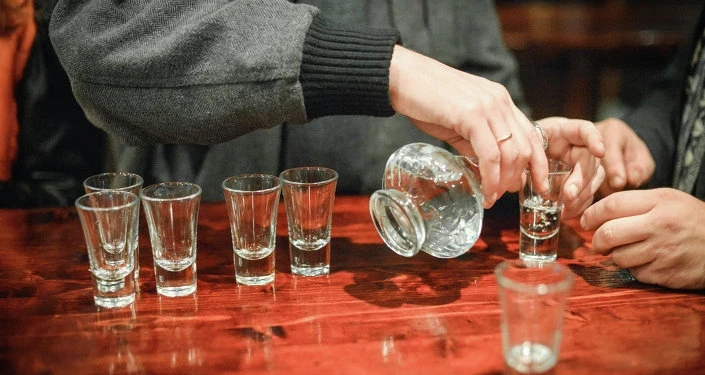
In the European Union, where alcohol consumption levels are among the highest in the world,...
Non-communicable diseases (NCDs) inflict an economic loss of 29.8 billion soms on the economy of...

Fabrics of Kyrgyz production are characterized by plain weave, which is considered the simplest...
Sardarbek, born on August 24, 2003, in the Nookat district of the Osh region, currently lives in...

The main items of men's undergarments in the 19th century among the Kyrgyz were the open...
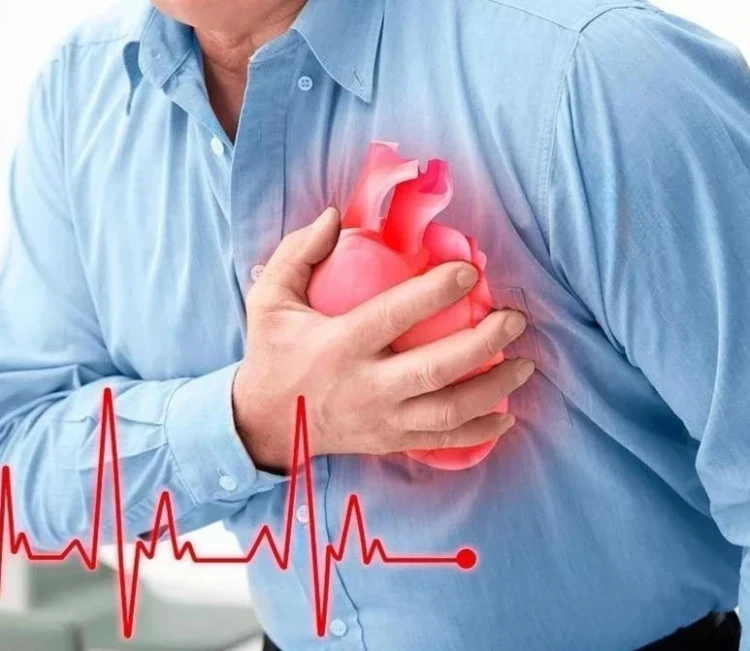
According to the findings of the study, visceral fat located in the abdominal area and surrounding...
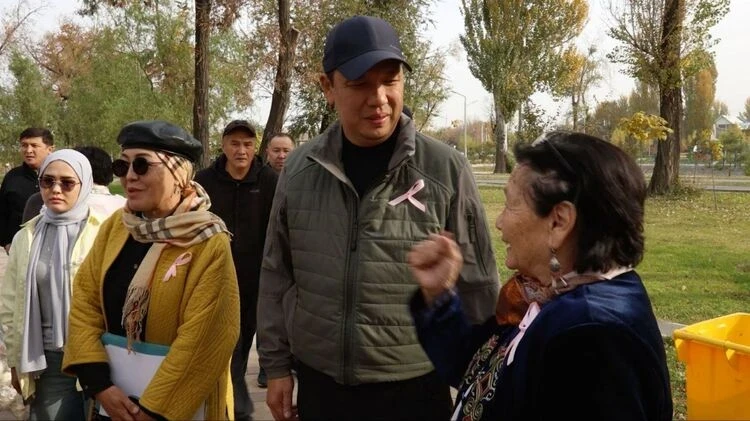
Photo from the archive of Almagul Ibraeva In the capital of Kyrgyzstan, in Botaliyev Park, a...

Dusky Darner - Sympycna fusca V. d. Lind. The body of this dragonfly is mainly brown-bronze in...
On the air of "Birinchi Radio," family doctor Elmira Agalieva shared information about...

One of the major surahs of the Quran (the 4th surah, consisting of 175 verses) is called...
According to the latest data from the National Statistics Committee, the average nominal salary in...

Alongside the production of simple solid-colored or striped fabrics used for making clothing and...

Researchers note the traditional nature of the clothing of the peoples of Central Asia, which has...

The fabric "terme" is known to all Kyrgyz people. It is widely used among the...
In Kyrgyzstan, there is an increase in the production of citrus fruits such as mandarins, oranges,...
Claudia Goldin, a Nobel Prize-winning economist, published a study analyzing the key reasons for...

Tynaliev Medin Tynalievich Doctor of Medical Sciences, Professor, Corresponding Member of the...

Men and Women An elder was asked: "Who are more numerous - men or women?" - Of course,...

Traditions of Folk Craftsmanship. The uniqueness of the lifestyle of the Kyrgyz herders determined...

The clothing of the southern Kyrgyz has not received special attention in literature. There are...

The southern Kyrgyz are also known for a manual device for cleaning raw cotton from seeds — the...

"Spring will come, but I will not see it" Once, while traveling in distant lands, a...
According to statistical data, from January to September 2025, there is a significant increase in...
The Mandatory Health Insurance Fund (MHIF) reminds that with the onset of autumn and winter, there...

Partridge (gray, bearded) — widely distributed species. Description of the bearded partridge: Very...

Two men suspected of fraudulent activities have been detained in the Suzak district, reports the...
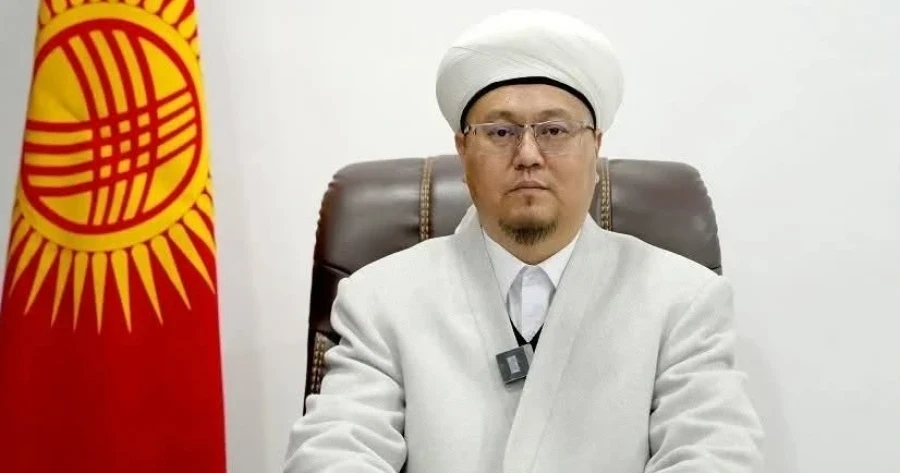
“And cruelty towards her is spiritual darkness” In his address to the people of Kyrgyzstan, titled...

Out of the 130 returned batches: • 39 return acts were sent to the Republic of Kazakhstan...

Among other domestic crafts, weaving held one of the primary places among the Kyrgyz in the past....

Babich Valentina Vasilievna Candidate of Technical Sciences, laureate of the State Prize of the...
The incredible beauty of Kyrgyzstan's nature...